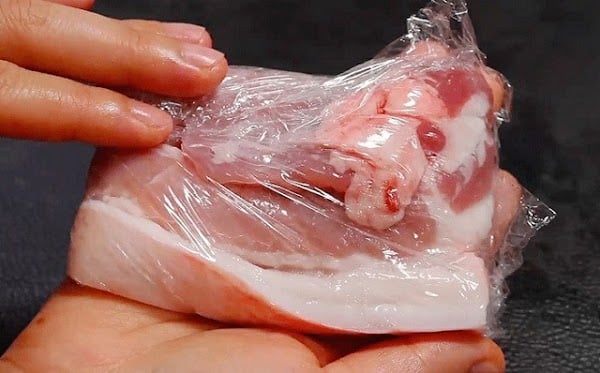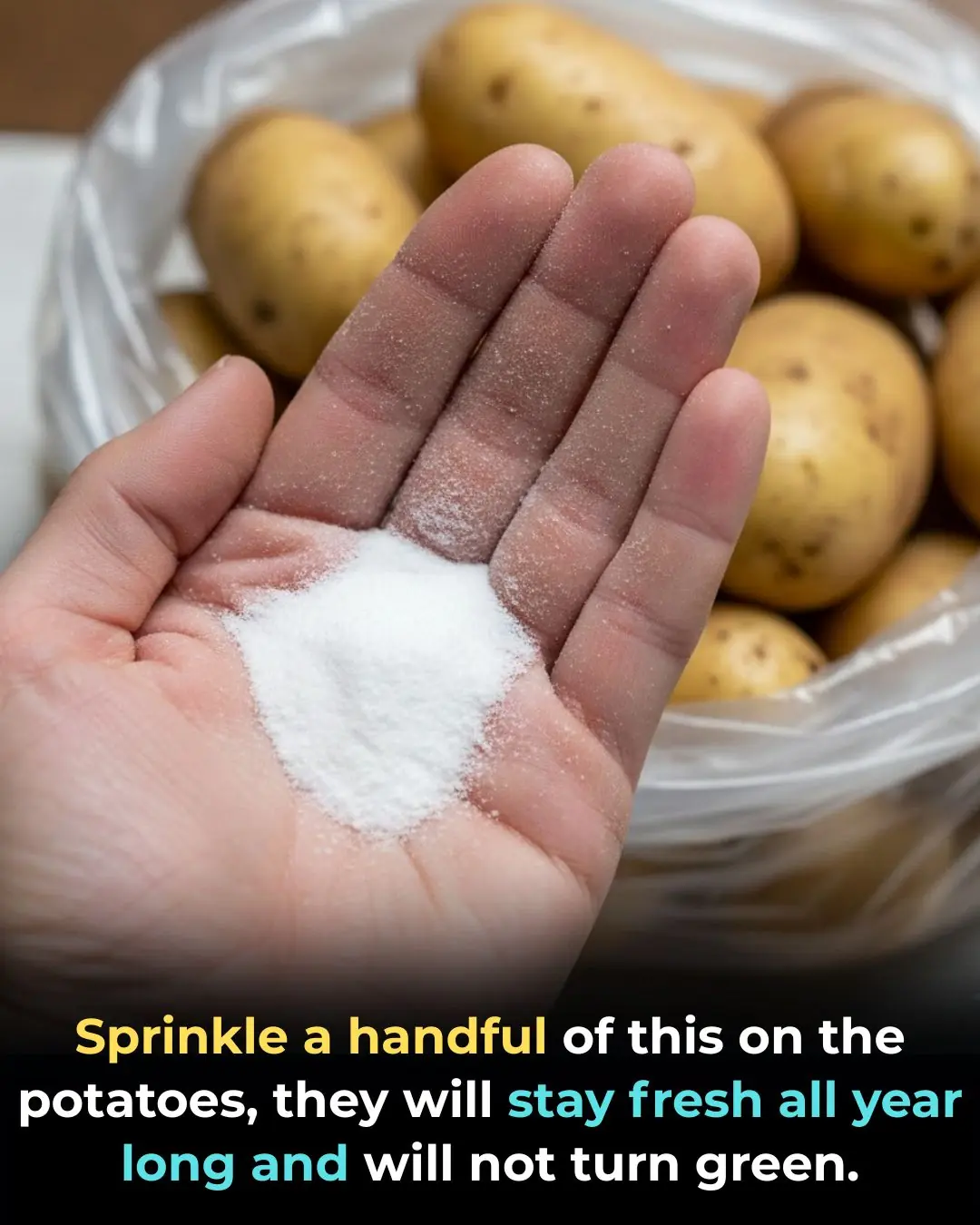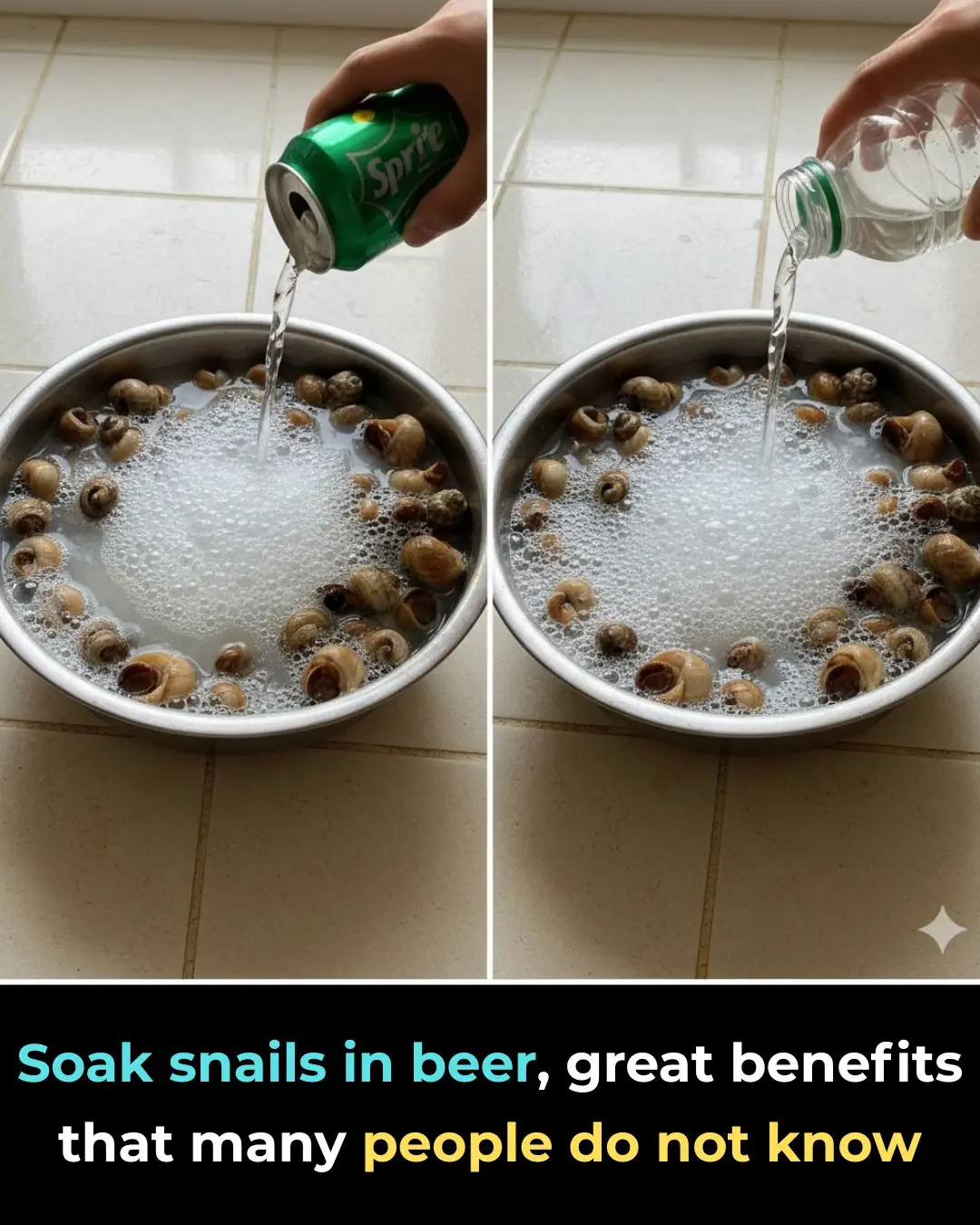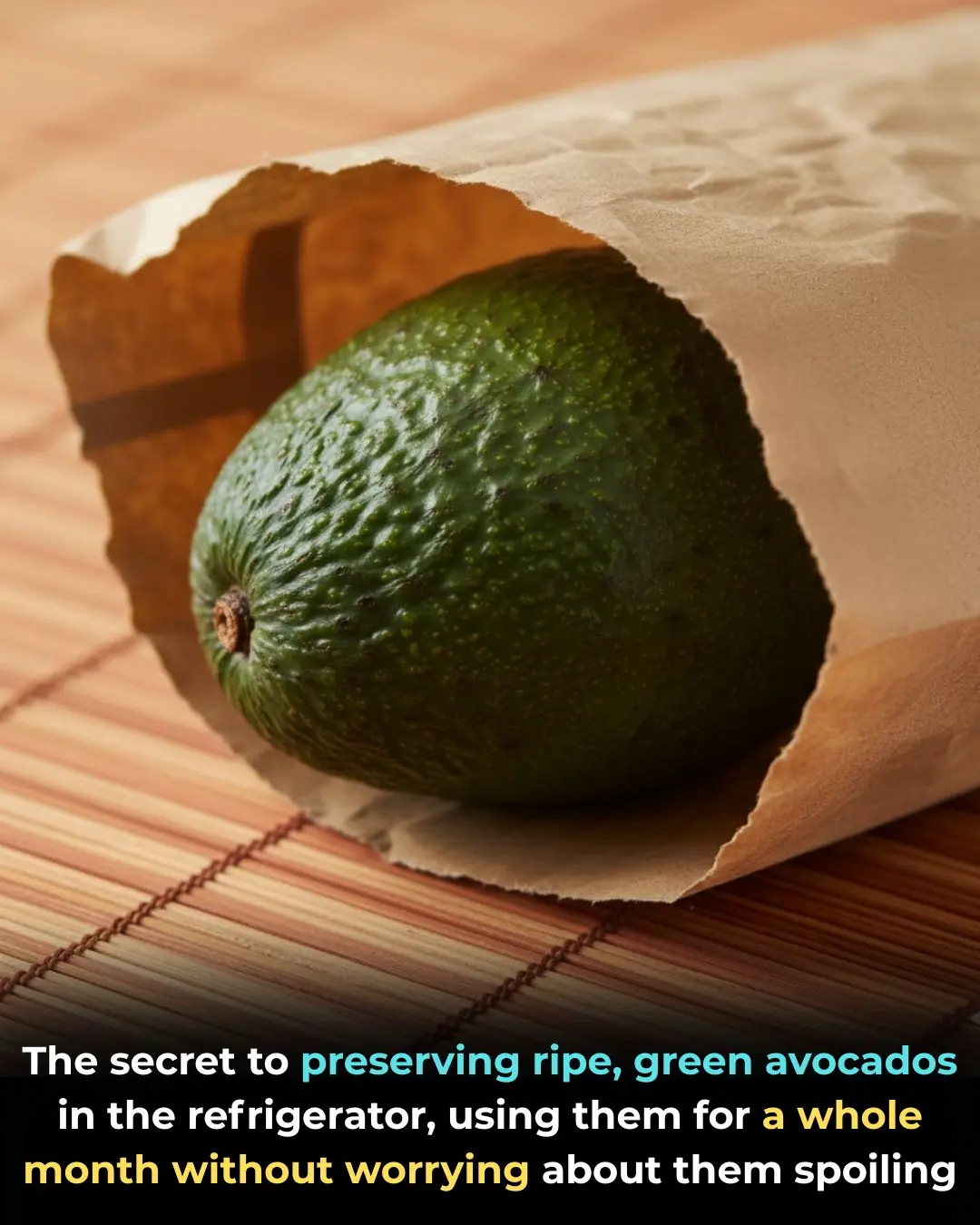
Don’t Rinse Pork Immediately After Buying It — Use This Method to Keep It Fresh and Delicious for a Whole Month

Many families buy pork in bulk to save time and money, especially with busy modern schedules. Pork is versatile, easy to cook, and appears frequently in everyday meals. However, many people freeze pork incorrectly, causing the meat to lose flavor, become dry, or spoil more quickly.
Surprisingly, the biggest mistake is something almost everyone does: washing pork right after bringing it home. This actually reduces its natural protective layer, making it spoil faster when stored in the freezer.
Below is the correct method to store pork so it stays fresh, flavorful, and safe to eat for up to one month — without losing nutrients or texture.
Ingredients You’ll Need for Proper Pork Preservation
-
White wine (for disinfecting)
-
Cooking oil
-
Aluminum foil
-
Plastic wrap (food wrap)
-
Paper towels
These items help keep the pork clean, hydrated, and protected from freezer burn and bacteria.
Step-by-Step Guide to Keeping Pork Fresh for a Month
Step 1: Choose High-Quality Pork
Pick fresh pork with:
-
A light pink or pale red color
-
Firm, slightly dry surface
-
Fat that is white or slightly ivory
-
Soft, clean skin
When the butcher slices the meat, the fibers should look slightly tightened and the surface should feel dry, not slimy. If the meat meets these signs, it’s quality pork worth buying, especially for long-term freezing.
Step 2: Do NOT Wash the Pork
This is crucial.
Do not wash the pork unless you plan to cook it immediately.
Instead:
-
Use paper towels to pat the meat dry.
-
Washing the meat removes the natural fat layer on the surface — the layer that helps protect the meat during storage.
-
Water left on the surface can accelerate spoilage and bacterial growth.
Step 3: Divide the Meat into Smaller Portions
Cut the pork into portions suitable for one-time cooking.
Avoid freezing one large piece of meat, then thawing and refreezing multiple times. This leads to:
-
Nutrient loss
-
Faster spoilage
-
Bacterial contamination
-
Dry and tough texture
Portioning helps you thaw only what you need.
Step 4: Sanitize the Pork with White Wine
Lightly brush a thin layer of white wine over the surface of each piece.
This helps:
-
Kill bacteria
-
Reduce odor
-
Extend shelf life
Don’t worry about the wine affecting the flavor — once thawed and rinsed, the smell disappears completely.
Step 5: Coat the Pork with a Thin Layer of Oil
Brush a small amount of cooking oil onto the pork.
This creates a protective barrier that:
-
Locks in moisture
-
Prevents freezer burn
-
Keeps the meat tender and juicy even after weeks of freezing
Step 6: Wrap Each Piece Tightly in Plastic Wrap
Use food wrap to seal each portion completely.
Make sure:
-
No air pockets remain
-
The meat is wrapped tightly
This step prevents oxidation and keeps the meat from drying out.
Step 7: Wrap Again with Aluminum Foil
Wrap each plastic-wrapped portion in aluminum foil.
This second layer offers:
-
Extra protection against cold air
-
Reduced risk of freezer burn
-
Better flavor preservation
Double-wrapping ensures the pork stays as fresh as possible.
Step 8: Freeze Properly
Place the wrapped pork into the freezer.
When ready to use:
-
Move it to the fridge to thaw slowly.
-
Rinse the thawed meat with diluted salt water.
-
Let it drain completely before seasoning or cooking.
Slow thawing helps maintain the meat’s original texture and taste.
Extra Tips for Best Storage (added for content expansion)
-
Label each package with the date to keep track of freshness.
-
Store meat near the back of the freezer, where the temperature is most stable.
-
Avoid opening the freezer too frequently, as temperature changes can shorten shelf life.
-
If you notice ice crystals forming inside the wrap, the meat wasn’t sealed tightly enough — rewrap it using both layers.
News in the same category


Don’t Clean Your Rice Cooker with Plain Water: Use This Solution — Sparkling Clean in Just 5 Minutes

Boiling Shrimp in Plain Water Makes Them Fishy and Mushy — Add This for Bright Red, Firm, Flavorful Shrimp

Don’t Eat Tofu Right After Buying It — Freeze It First! The Results Are Surprisingly Amazing

Sprinkle a handful of this on the potatoes, they will stay fresh all year long and will not turn green.

Gas stove users should know what to do with just a toothpick: It can help reduce gas bills a year.

Soak snails in beer, great benefits that many people do not know

Tips for polishing leather shoes without using shoe polish, only use household materials

The most effective way to get rid of ants from the house using spices that every family uses, easy to see results immediately

The secret to preserving ripe, green avocados in the refrigerator, using them for a whole month without worrying about them spoiling

Mosquitoes fear this the most. Put it in the house and you won't see any mosquitoes, sleep well all night.

How does the washing machine self-clean mode work?

Woman Develops Liver Cancer from Eating Peanut Butter on Bread, a Common Habit Many People Share

7 Early Warning Signs of Stomach Cancer Everyone Should Know Before It Spreads

Grow a Lemon Tree From Seeds — No Cost, No Effort, and Fresh Lemons Whenever You Want

Three Types of “Lumps” on the Body That May Indicate Cancer — A Warning for Both Men and Women of All Ages

Why should you drop a clove of garlic into the toilet at night?

4 ways to boil chicken without water

Rice water is like gold in the house if you know how to use it for these things
News Post

I Didn't Tell My Husband's Family I Speak Their Language, and It Helped Me Uncover a Sh0cking Secret About My Child

How I Exp0sed My Husband’s Li es: A Cheating Anniversary He'll Never Forget

THE CAT THAT BR0KE ALL THE RULES: A POLICE OFFICER'S UNEXPECTED MISSION

Mullein: Exploring the Benefits of Leaves, Flowers, and Roots

Airport X-Ray Scanners Upgrade: Shocking Level of Details

From White Hair to Naturally Darker Hair: Fast Home Remedies & Growth Tips

Teen told he just had ‘growing pains’ dies day after diagnosis

7 Ways To Use Vaseline For Wrinkle Free, Flawless Skin

EVERYTHING JAMES FRANCO SAID ABOUT BEING ‘CAST OUT’ FROM HOLLYWOOD DURING HIATUS

The #1 seed that makes bones & muscles strong—how to use it!

14 Warning Signs of Low Magnesium Levels and What to Do About It (Science Based)

Strictly Come Dancing star eliminated from competition on their birthday

Top 10 Foods to Heal Knee Pain and Boost Cartilage Naturally

Blood Type O Diet: What to Eat and What to Avoid

7 nutrients that actually repair nerves

Coronation Street's Lucy Fallon shows off huge ring as she announces engagement

MAFS UK’s ‘strongest’ couple split after romantic display at reunion

The Versatility and Benefits of Orange Peel Powder

The Hidden Power of the Honey Locust Tree (Gleditsia triacanthos): Health, Healing, and Everyday Uses
